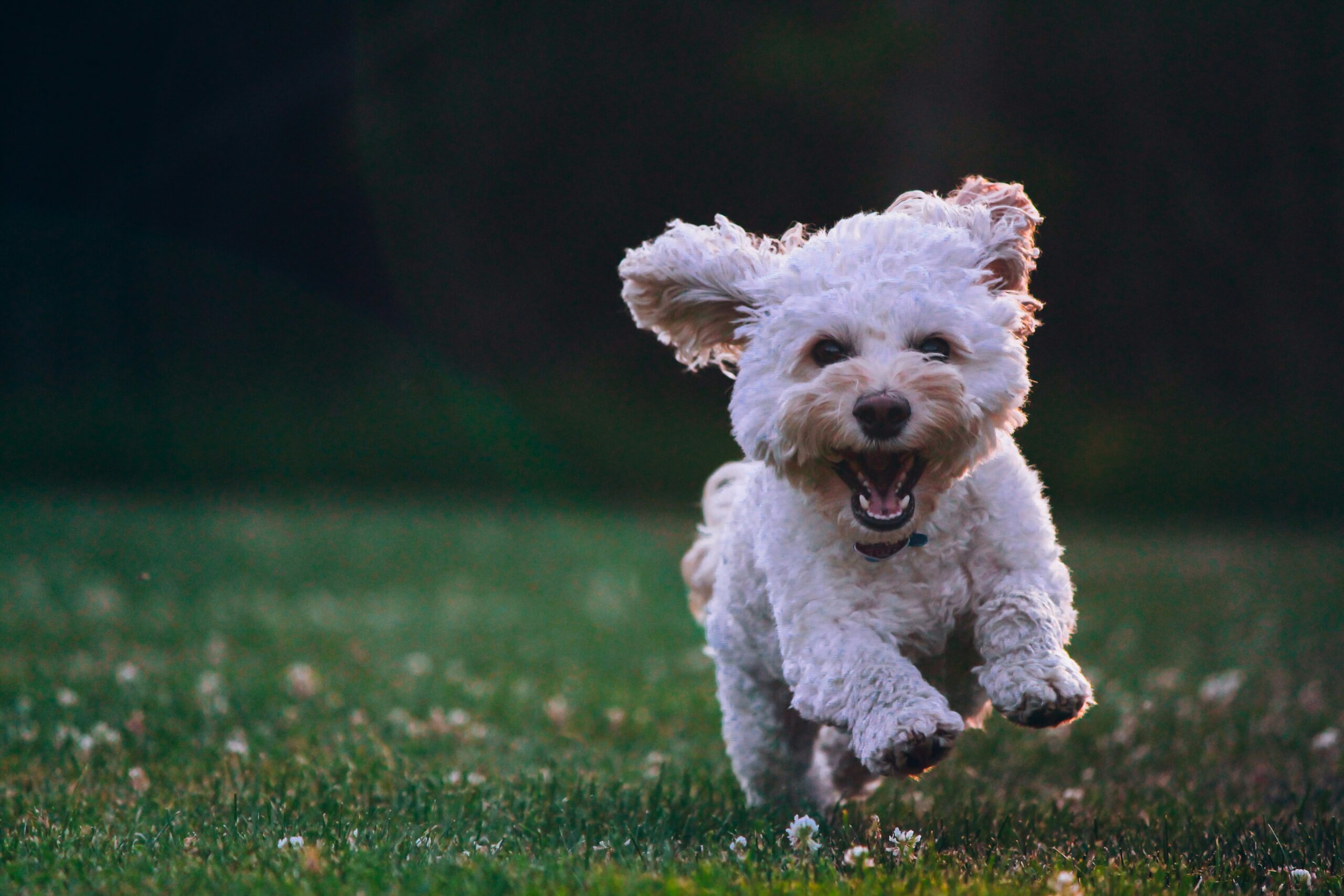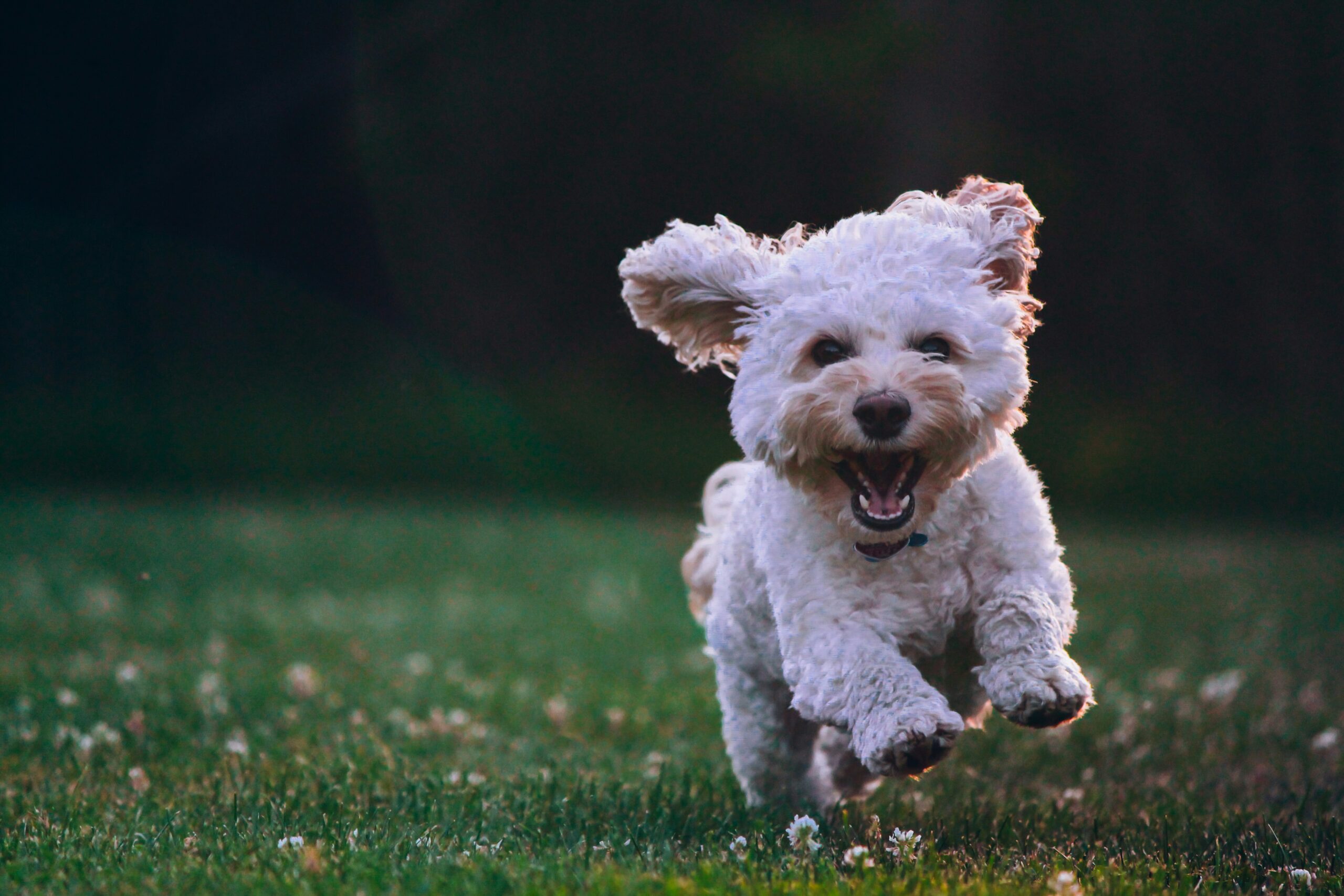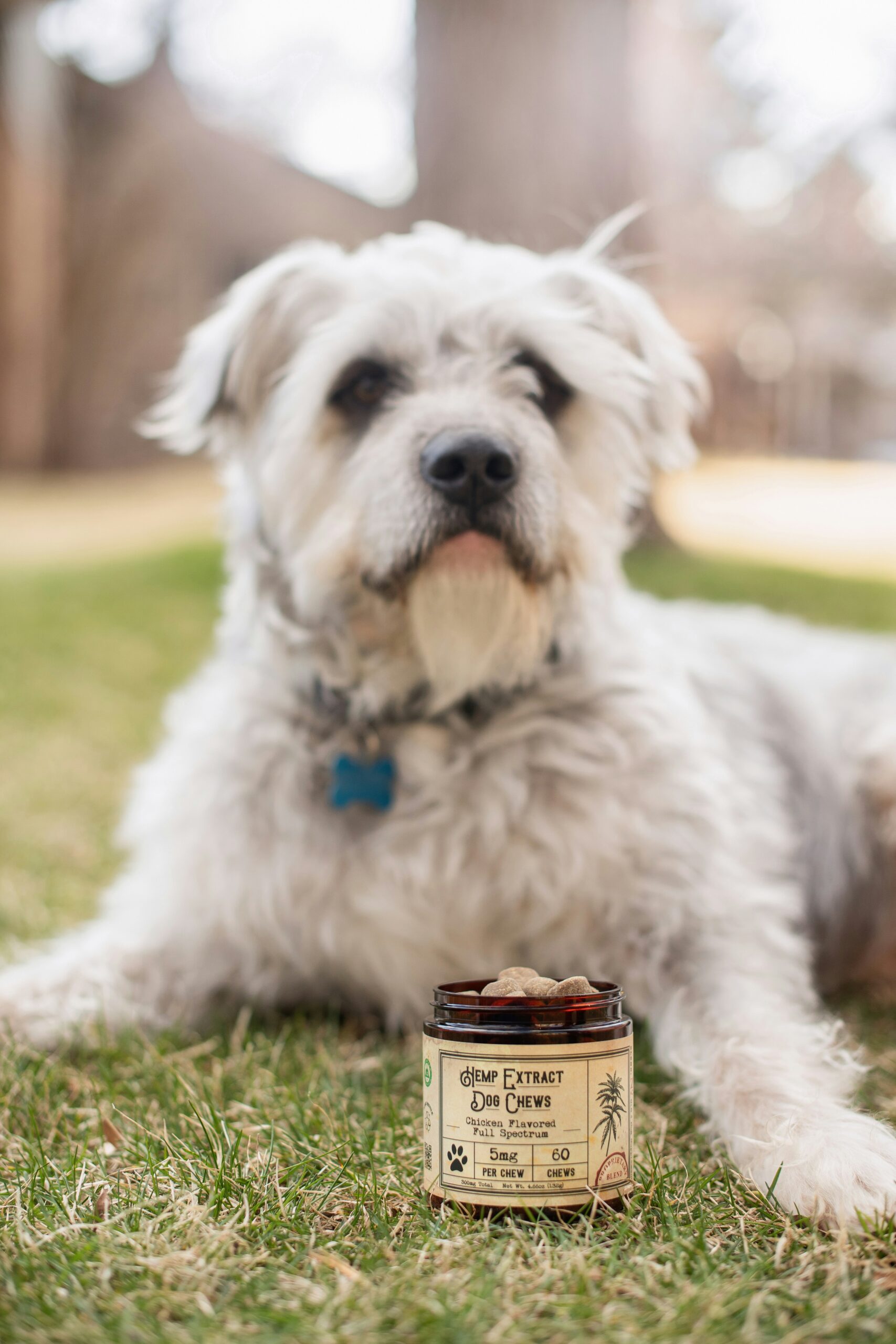Traveling with Your Pet: Expert Tips for a Stress-Free Journey
Planning Your Trip
When considering traveling with your pet, thorough planning is paramount for a smooth and enjoyable experience. The first step involves conducting comprehensive research on pet-friendly destinations and accommodations. Many hotels, resorts, and vacation rentals cater to pet owners, offering amenities such as pet beds, walking areas, and even special pet menus. Websites and travel platforms specifically designed to filter pet-friendly options can streamline your search, ensuring your accommodations are both comfortable and welcoming.
Equally important is understanding the travel regulations concerning pets. These regulations can vary widely depending on your destination, mode of transportation, and even specific airline policies. Ensure you are familiar with any health certificates, vaccinations, or pet passports required. For international travel, this process might include additional steps such as quarantine regulations or specific microchip requirements. Contacting the airline or travel company ahead of time to confirm their pet policies can prevent last-minute surprises and mitigate stress for both you and your pet.
Once your destination and travel arrangements are settled, create a detailed checklist of pet essentials. This list should include items such as your pet’s food, water, bowls, medications, and any comfort items like blankets or toys. Additionally, pack a sturdy, comfortable carrier that meets the airline’s specifications, if flying. Including an easily accessible pet first-aid kit is also a prudent measure, covering basic needs in case of minor injuries or health issues during your trip.
Finally, consider your pet’s comfort and safety throughout the journey. For instance, frequent breaks are essential on long car trips, allowing your pet to stretch, hydrate, and relieve themselves. If you’re traveling by air, familiarize your pet with their carrier well in advance to reduce anxiety. By understanding the requirements and maintaining a detailed checklist, you are setting the foundation for a stress-free and enjoyable travel experience with your pet.
Choosing the Right Carrier or Crate
Selecting the appropriate carrier or crate is paramount for ensuring a stress-free journey with your pet. The right carrier can make a significant difference in your pet’s comfort, safety, and overall travel experience. When choosing a carrier, consider the size of your pet. The crate or carrier should be large enough for your pet to stand, turn around, and lie down comfortably. It’s crucial that the carrier provides enough space without being too large, as excessive space can cause your pet to feel unsafe during travel.
The materials of the carrier play a significant role in both comfort and durability. Look for carriers made from sturdy materials that can withstand the rigors of travel while ensuring proper ventilation. Hard-sided carriers offer enhanced protection and durability and are often recommended for airline travel. Soft-sided carriers might be suitable for smaller pets and shorter journeys, providing a balance of structure and comfort. Additionally, a removable, washable mat inside the carrier can offer extra comfort and hygiene.
Safety features are another essential consideration. Ensure the carrier has secure latches or zippers that your pet cannot easily open from the inside. Proper ventilation is crucial to keep your pet comfortable and free from overheating. Some carriers come with features like seatbelt loops, which allow you to secure the carrier in your vehicle, minimizing movement during transit.
Acclimating your pet to the carrier before travel is essential to reduce anxiety and stress. Start by introducing the carrier as a positive space in your home. Leave the carrier open and place your pet’s favorite toys or treats inside, encouraging them to explore and spend time in it voluntarily. Gradually increase the time your pet spends in the carrier, and consider taking short car rides to help them get used to the motion of travel. A well-acclimated pet is more likely to remain calm and stress-free throughout the journey.
By carefully selecting a carrier that meets your pet’s needs in terms of size, comfort, and safety, and by taking the time to acclimate them to this new environment, you can significantly enhance the ease and enjoyment of traveling with your pet.
Packing Essentials for Your Pet
When traveling with your pet, thorough preparation is paramount to ensuring a stress-free journey. A well-organized packing list can make a significant difference, providing your pet with the comfort and necessities they need while on the move.
Firstly, prioritize food and water provisions. Pack sufficient quantities of your pet’s regular food to avoid dietary disruptions. Portable, collapsible bowls can be a practical solution for feeding and hydrating your pet on the go. Always carry extra bottled water to prevent dehydration, especially during long trips.
Next, consider any medication your pet may require. Whether it’s a daily supplement, prescription medication, or an emergency first aid kit, ensure these items are easily accessible. A clearly labeled container can help in organizing these essentials efficiently.
Travel documents are another critical aspect of your packing list. Carry your pet’s vaccination records, identification tags, and any necessary travel permits. Having these documents readily available will ease potential issues at checkpoints or in case of emergencies.
Your pet’s favorite toys and comfort items, such as blankets or beds, play an essential role in reducing travel anxiety. Familiar items can provide comfort and maintain a sense of routine, making the journey more pleasant for your pet. It’s wise to carry a few of these cherished items in your travel kit.
For effective organization, consider using a dedicated travel bag for your pet’s belongings. Sort items by categories and use clear, labeled pouches or containers to keep everything in order. This method not only saves time but ensures that crucial items are within easy reach when needed.
Lastly, strive to maintain your pet’s routine as much as possible. Scheduled feeding times, regular potty breaks, and play sessions can help in keeping your pet relaxed and content throughout the journey.
With thoughtful packing and organization, your travel experience with your pet can be enjoyable and stress-free, creating cherished memories along the way.
Preparing Your Pet for the Trip
Preparing your pet for a journey requires careful attention to both their psychological and physical needs. For a stress-free travel experience, start by gradually introducing your pet to the concept of travel. Begin with short car rides, lasting just a few minutes, and gradually extend the duration over time. This acclimatization process helps pets adjust to the motion of the vehicle and reduces anxiety associated with longer trips.
Acclimating your pet to the sounds of travel is equally important. You can simulate these noises at home using recordings of traffic, airplane engines, or train sounds. Playing these sounds intermittently at a low volume allows your pet to become accustomed to them in a controlled environment. This exposure helps mitigate the startle response and increases your pet’s comfort level during the actual journey.
Ensuring your pet’s health is paramount before embarking on any trip. Schedule a visit to the vet to confirm that your pet is up-to-date on vaccinations and to obtain a comprehensive health check. Discuss the travel plans with your veterinarian, as they might recommend additional vaccinations or preventive measures based on the destination. In some cases, pets may require a pet passport or specific health documentation, particularly for international travel.
Consider the physical comfort of your pet during the trip. A well-fitting travel crate or carrier can provide a secure and familiar space for your pet. Make sure the crate is well-ventilated and has enough room for your pet to stand, turn around, and lie down comfortably. Adding a favorite blanket or a few toys can also provide reassurance and keep your pet entertained during the journey.
Additionally, plan for regular breaks to allow your pet to stretch, relieve themselves, and have a drink of water. These periodic stops can help prevent restlessness and discomfort during long drives.
By gradually acclimating your pet to travel, ensuring their health is in check, and making arrangements for their comfort, you can significantly enhance their travel experience. A well-prepared pet is more likely to feel safe and relaxed, contributing to a smoother journey for both of you.
Traveling by Car
When it comes to traveling with your pet by car, safety and comfort are paramount. Ensuring your pet is securely fastened within the vehicle is essential for both their well-being and the safety of all passengers. Utilize pet seat belts, carriers, or travel crates that are adequately secured to avoid any unexpected movements or stress during the journey.
Planning regular breaks is another vital aspect of car travel with pets. These pauses allow your pet to exercise, stretch, and attend to bathroom needs. Aim to stop every two to three hours, providing your pet with fresh water and a chance to relieve themselves. These breaks are not only beneficial for your pet but also give you an opportunity to rest and recharge.
Monitoring and maintaining an appropriate vehicle temperature is essential. Pets are susceptible to heatstroke and hypothermia, making it crucial to keep the car environment comfortable. Avoid leaving your pet alone in the car, especially in extreme temperatures, as even a short duration can pose significant health risks. Portable fans, sunshades, and climate control settings can help manage internal car temperatures effectively.
To keep your pet entertained and calm during the trip, pack favorite toys, blankets, and treats. Familiar items provide comfort and reduce anxiety, making the journey more pleasant for your furry friend. Interactive toys and puzzles can also help occupy their time and stimulate their minds.
Lastly, prepare for potential motion sickness by feeding your pet a light meal several hours before the trip and consulting your vet for anti-nausea treatments if necessary. Bringing along cleaning supplies and extra towels can also be beneficial in case of accidents or spills. With these strategies, car travel with your pet can be a comfortable and enjoyable experience for both of you.
Flying with Your Pet
Air travel with pets requires meticulous preparation to ensure a seamless journey. Different airlines have varying regulations regarding pet travel, so it is crucial to check these before booking flights. Generally, airlines allow pets to travel either in the cabin or in the cargo hold, but there are size and breed restrictions to consider. Smaller pets can typically travel in the cabin with you, provided their carrier fits under the seat. Larger pets, on the other hand, may need to travel in the cargo section, which can be stressful for both the pet and the owner.
Booking a pet-friendly flight is the next step. Look for airlines known for their pet-friendly policies and consider flight durations and layovers. Direct flights are always preferable to minimize transit time and stress. Inform the airline in advance that you will be traveling with a pet to ensure all requirements are met.
Proper carrier preparation is essential for a stress-free journey. The carrier should be well-ventilated, comfortable, and spacious enough for the pet to stand, turn around, and lie down in. Getting your pet accustomed to the carrier weeks before the flight can help reduce anxiety. Place familiar items such as toys or a blanket inside to make the environment feel safe.
It’s critical to prepare your pet for the flight environment. Accustom them to the noises and vibrations they might encounter. Feeding should be done several hours before departure to avoid motion sickness. Ensure they are well-hydrated but not over-hydrated to minimize the need for restroom breaks.
When dealing with layovers or delays, coordinate with the airline staff to know the pet relief areas at the airport. Short, calming walks during layovers can help alleviate stress. Always carry a travel kit for your pet that includes essentials like food, water, medication, and identification tags.
In closing, while air travel with pets can be challenging, thorough preparation can ensure a smooth experience. Familiarity with airline regulations, booking the right flights, preparing the carrier, and ensuring your pet’s comfort are all key to a successful journey.
Settling into Your Destination
Upon arriving at your destination, ensuring your pet’s comfort in new surroundings is of paramount importance. A smooth transition can make a significant difference in your pet’s levels of stress and anxiety. Begin by scouting the area for pet-friendly amenities such as parks, veterinary clinics, and pet supply stores. Finding these resources early on will help in case of emergencies and can provide you with options for leisure activities and pet care.
Creating a familiar space for your pet is another critical step. Bring along items that your pet is accustomed to, such as their bed, blankets, toys, and feeding bowls. Designate a quiet area within your new environment for these items to create a sanctuary where your pet can retreat and feel secure. This space should be away from high-traffic areas to ensure it remains a calm and reassuring spot.
Maintaining your pet’s routine as much as possible can also mitigate stress. Stick to regular feeding, walking, and playtime schedules. This consistency provides a sense of normalcy that can be comforting. If your pet typically has a bedtime routine, try to replicate it in your new location. Such familiar rituals can be incredibly soothing amidst new surroundings.
Implementing soothing strategies is essential if your pet shows signs of stress or anxiety. Gentle petting, soft spoken words, and slow-blink eye contact can help in calming your pet. Engaging in interactive play, especially with favorite toys, can also provide a valuable distraction and reduce anxiety levels. In some cases, calming aids like pheromone sprays or anxiety wraps can be beneficial.
Finally, take your time to acclimate your pet to the new environment. Gradually introduce them to different areas of your new surroundings and monitor their reactions closely. Be patient and allow them to explore at their own pace. This careful, thoughtful approach can significantly contribute to a more relaxed and enjoyable experience for both you and your pet.
Emergency Preparedness
Ensuring a safe and stress-free journey with your pet requires thorough emergency preparedness. Having a well-stocked pet-specific first aid kit is crucial for handling minor injuries or health issues that may arise during travel. This kit should include essentials such as bandages, antiseptic wipes, tweezers, and a digital thermometer, along with any medications your pet may require. Additionally, familiarize yourself with basic pet first aid procedures such as wound cleaning and bandage application to manage potential problems efficiently until professional help is available.
Knowing the location of nearby veterinary services is equally important. Before embarking on your trip, research and identify veterinary clinics along your route and near your destination. Keep their contact information and addresses handy to ensure timely assistance if your pet falls ill or gets injured. Some mobile apps and websites offer directories of veterinary services based on geographic areas, which can be invaluable during your travels.
Understanding basic pet first aid is not only a valuable skill but also a great reassurance during emergencies. Consider enrolling in a pet first aid course, which provides practical knowledge on handling situations like choking, heatstroke, or seizures. Armed with this expertise, you will be better prepared to react swiftly and effectively, safeguarding your pet’s health.
In the unfortunate event that your pet goes missing, having up-to-date identification information is vital. Ensure your pet is microchipped and that the microchip registration is current with your contact details. Additionally, a sturdy collar with an ID tag displaying your phone number is essential. Preparing a recent photo of your pet can assist in creating lost pet flyers quickly, should the need arise.
By taking these proactive steps, you can significantly reduce stress and worry, focusing on enjoying a memorable, safe journey with your furry companion.















Post Comment